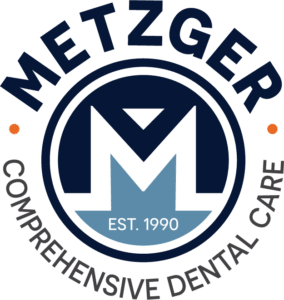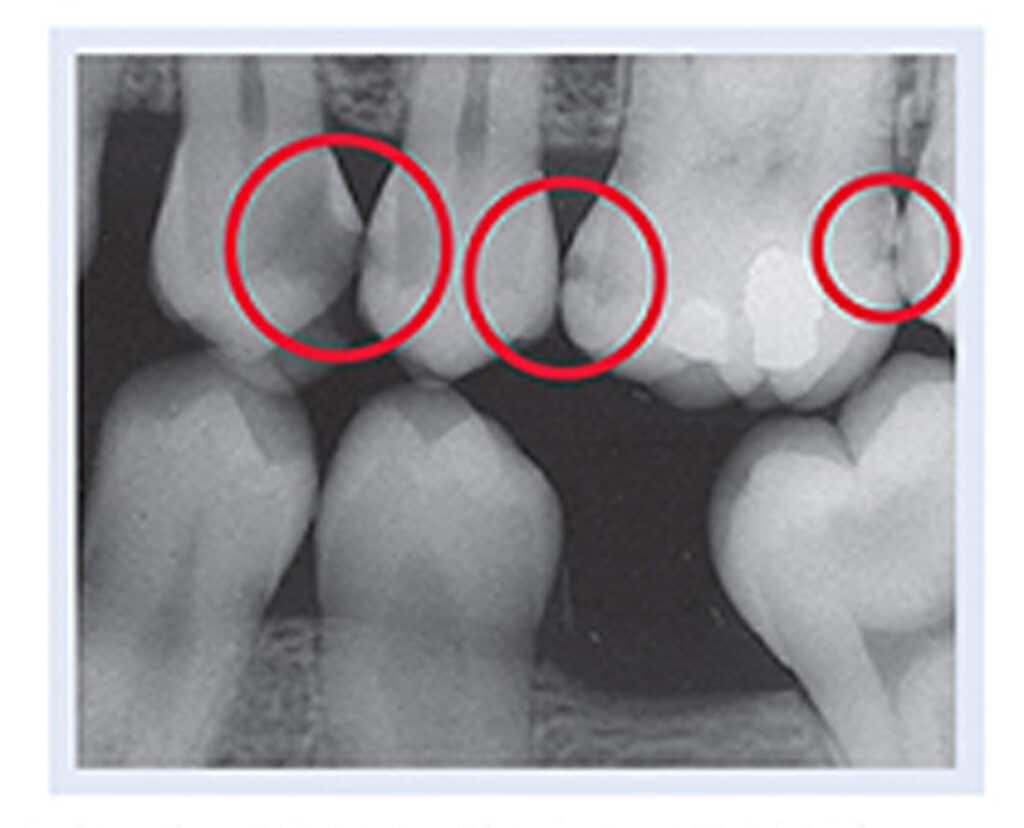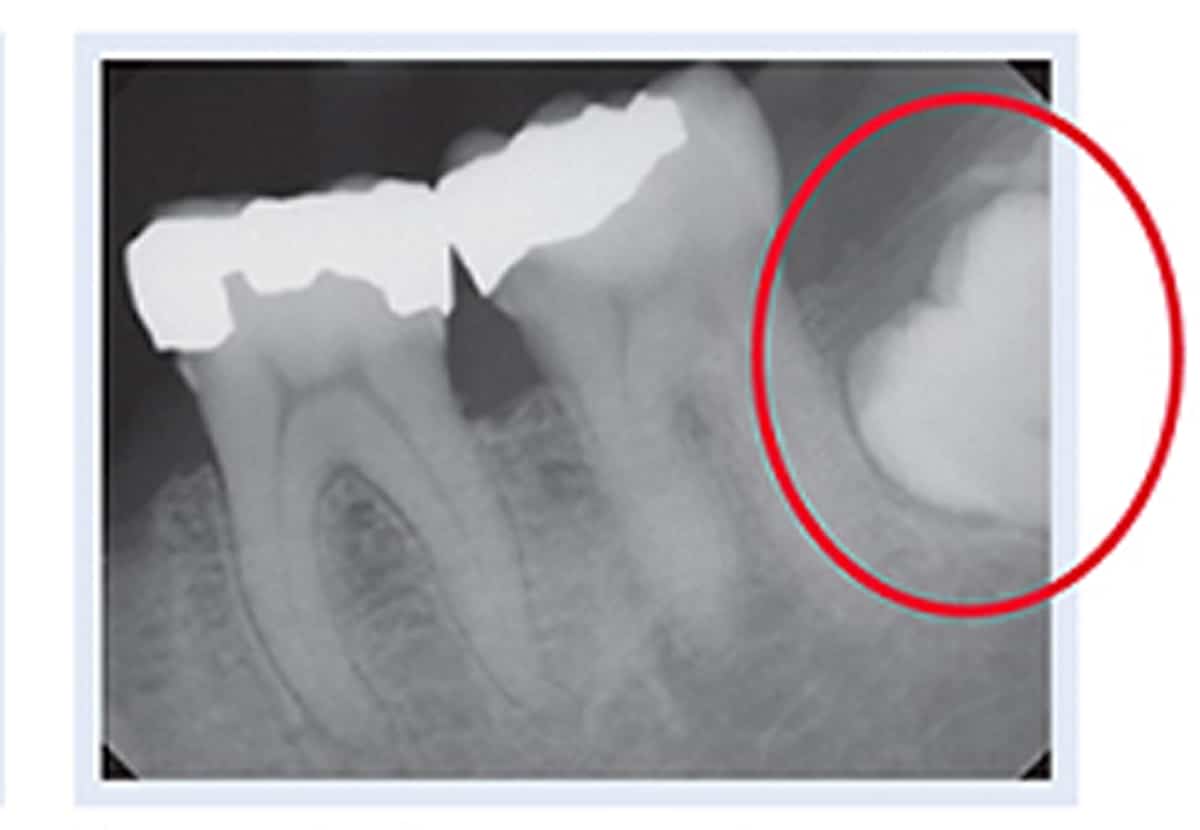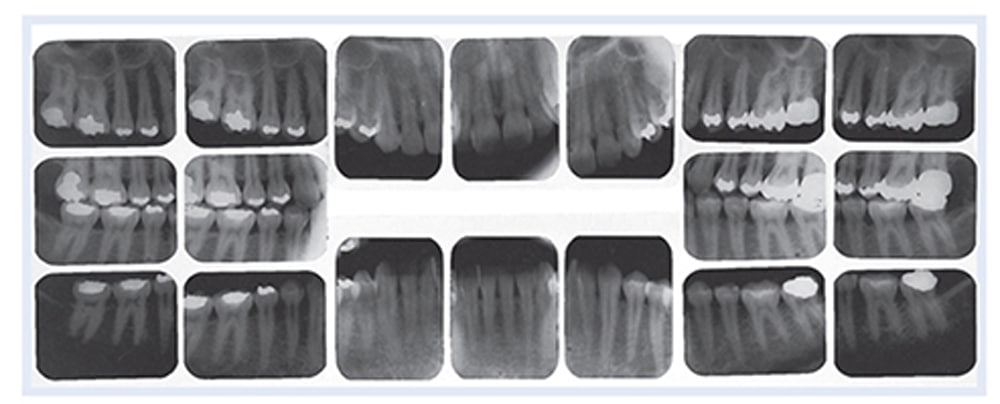Digital X-Rays
 A visual examination of your teeth may not tell us everything we need to know. With the use of digital X-rays, we can accurately diagnose and treat dental problems early before they become more serious.
A visual examination of your teeth may not tell us everything we need to know. With the use of digital X-rays, we can accurately diagnose and treat dental problems early before they become more serious.
Your dental X-rays will all be taken in a digital format, with state-of-the art equipment for capturing and reviewing the images. Digital X-rays are quick, painless, and provide a high quality image to help our dentists review your overall dental picture and help identify possible problems such as decay, periodontal bone loss, infection, and tooth development issues.
What to Expect
Your dental digital X-rays will be taken to help us develop an accurate treatment plan for you.
- If you are a new patient, a complete series of X-Rays will be taken.
- If you are a continuing care patient, bite wing X-Rays will be taken every 12 months.
- The complete series of X-Rays includes the panoramic X-Ray of the entire mouth, and detailed X-Rays of specific areas.
Still Curious?
- small areas of decay in your teeth and below fillings
- abscesses or cysts
- bone loss due to periodontal (gum) disease
- growth problems
- some types of tumors
- the effects of trauma
- the position of teeth that have not come in yet in children and adults.
Patient education content ©2020 American Dental Association. All rights reserved. “ADA” and the “ADA” Logo are registered trademarks of the American Dental Association
Types of Dental X-Rays
- Bitewing X-Ray shows several upper and lower teeth from one side of the mouth
- A Periapical X-Ray shows several teeth and their roots and the jawbone in a certain area of the mouth.
- Occlusal X-Ray shows part of the jaw bone.
- Complete Series is a group of x-rays that shows all the teeth, roots and related areas of the jaws.
- Panoramic X-Ray is a single x-ray that manages to get all the upper and lower teeth, large portions of the jaws and other structures in one picture. This kind of x-ray does not provide as much detail as the x-rays that include smaller areas.
Patient education content ©2020 American Dental Association. All rights reserved. “ADA” and the “ADA” Logo are registered trademarks of the American Dental Association.
Are Dental X-Rays Safe?
Dental X-rays use very low levels of radiation, much less than that used in other medical imaging. They are done only when needed to make a diagnosis and/or to help your dentist make a treatment plan for you. If you change dentists, you may be able to have copies of your X-ray images sent from your last dental office to your new one. If not, your new dentist may need to take X-rays. Dental practices like ours take steps to protect you from radiation, including:- taking X-ray images only when necessary
- using the smallest X-ray dose possible
- lining the beam up with care
- using proper exposure and processing methods
- minimizing exposure to other parts of your body
If You Are Pregnant or Think You May Be Pregnant
Tell your dentist if you are or might be pregnant. Current guidelines from the doctors that care for women who are pregnant say it’s better for a pregnant woman to have necessary dental X-rays rather than put off having them at a later date. This is because dental disease that is not treated during pregnancy can lead to problems for you and your unborn baby.If You Have Had Radiation Therapy for Head or Neck Cancer
Radiation therapy to treat head or neck cancer may increase your risk of tooth decay. The dose of radiation from regular dental X-rays is very small compared to the dose used to treat cancer. It’s important to have X-ray exams as needed to find dental problems at an early stage and treat them before they get worse.Are There Rules About X-Rays?
Federal and state governments have regulations about the proper, safe and effective use of X-rays in dentistry. Your dentist follows these rules to keep you safe. If you have questions about X-rays, talk with your dentist or dental staff.Patient education content ©2020 American Dental Association. All rights reserved. “ADA” and the “ADA” Logo are registered trademarks of the American Dental Association
There's no better time to get started.
Call (817) 428-1800 or click below to schedule your appointment today.
What Our Patients Have to Say
Read more reviews from thousands of our happy patients
1213 Hall Johnson Road, Suite 100, Colleyville, TX 76034
| Monday - Wednesday | 8:00 AM — 5:00 PM |
| Thursday | 8:00 AM — 4:00 PM |
| Friday - Sunday | Closed |
We are closed for lunch from 1 PM – 2 PM.





